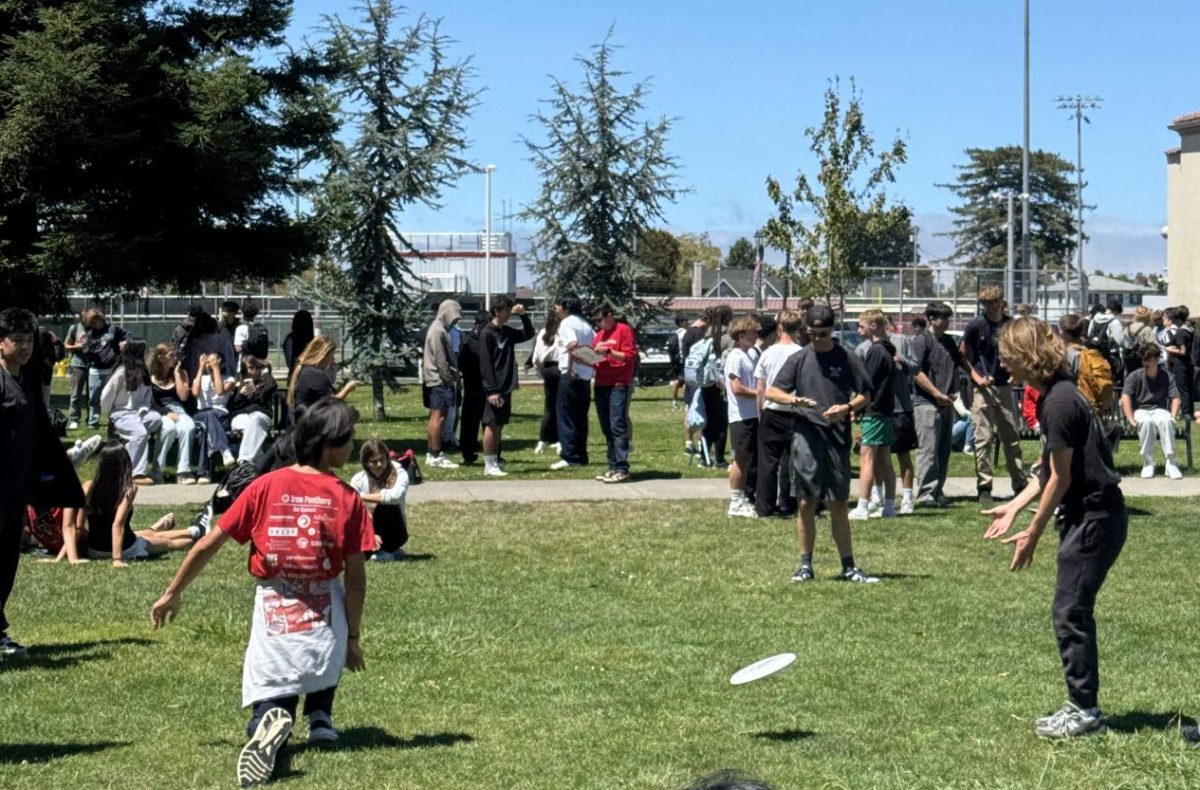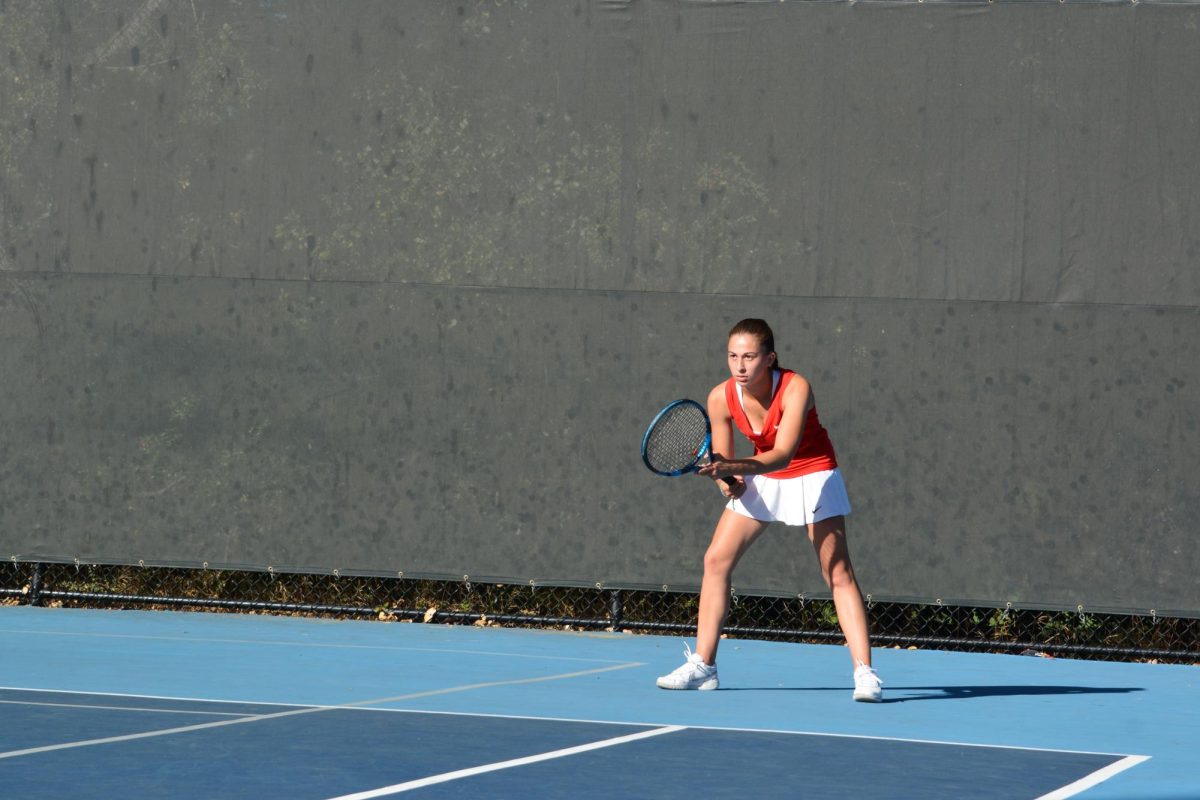The debate over an open or closed campus at lunch has long bubbled under the surface at Burlingame, but the discussion grew in fervor this fall thanks to the surging popularity of one local food spot: Tacos Al Buen Pastor, a taco truck less than 500 feet from campus.
Visiting the truck, however, requires violating Burlingame’s closed campus. The only ways to grab a taco are either by sneaking out, which comes at the risk of detention or other punishments, or having someone else order for you, which puts them at risk of the same consequence. Despite the potential downside, I’ve noticed multiple groups of students consistently ordering from the truck throughout lunch.
The taco truck dilemma is just one symptom of a larger problem: Whether it is about dissatisfaction with school food, or simply a desire for independence, Burlingame students want choice over their lunch. Burlingame’s lunch policies violate this ability to choose, which is why I believe they need to be revised.
Sophomore Keira Au pins most of the blame on the current school lunch, pointing out multiple faults in our cafeteria system.
“If you go in and just want fruit, you have to get a full lunch and most people end up throwing it away and wasting food,” Au said. “It’s very unhealthy, it’s all fried foods or pizza.”
Although students recognize potential problems with leaving campus, most believe that they should be trusted with this responsibility and clarify that they have no desire to skip class.
“I would say [one problem] would be people being late coming back, but most people are just leaving to get food, not to ditch school,” Au said.
The main arguments for maintaining a closed campus lunch hinge on safety and a fear of students skipping class, yet I don’t see the problem. Students who end up being late to class will face consequences either way, meaning there is still motivation to return to class on time.
The pros of an open lunch far outweigh the cons, as it provides students with the ability to eat healthier, relax between classes and cultivate nutritional freedom that benefits the student body.
In addition, open lunch would greatly benefit students with dietary restrictions. Although the school lunch plan includes diet-conscious meals, the options on Burlingame Avenue and at other local businesses far outweigh school lunches in terms of quality and quantity for those with specific dietary needs.
Paige Altbaier, a sophomore with Celiac disease, a condition that prohibits her from eating gluten, has experienced this issue firsthand in the cafeteria.
“The options are super limited and they only have a small number of gluten-free options,” Altbaier said. “If I don’t make it [to the line] in time to get it that day, I just don’t have lunch.”
If students like Altbaier, with gluten-free, vegetarian, vegan, or allergy-specific diets, were able to go off campus, they would gain access to restaurants with specific menu items that align with their dietary needs. These students would be able to eat at restaurants with better quality and more dietary-inclusive meals than our school cafeteria, improving their in-school performance and overall happiness. This is evidenced by an NIH (National Institutes of Health) study citing that while 79% of students who don’t eat fast or processed foods regularly are academically excellent, only 50% of those who do eat those foods reach the same level of academic success.
In addition, this massive new influx of customers would increase sales for local businesses on the Ave, which directly benefits the local economy from students visiting during lunch.
Naturally, open lunch policies would come with challenges, but the benefits to local businesses, students with dietary restrictions and the overall happiness of the student body would far outweigh any negatives.














































